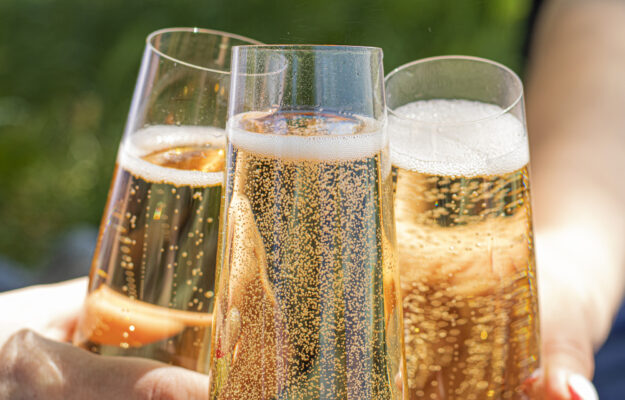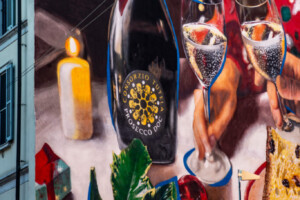Purchases are down, but not in the horeca, prices have increased and will in fact lead to an increase in value compared to a year ago (turning away, however, a part of consumers), exports with lights and shadows. Sparkling wines arrive at their “chicest” moment, that of the holiday season, and the Ceves-Uni markets and cost analysis center and economic observatory, for the occasion, has released an initial analysis on estimates of consumption and purchases of Italian sparkling wines. What emerges with respect to 2022 is, first of all, an increase in prices at the shelf and on wine lists, with a share, varying by type and channels (large-scale distribution and horeca), from 15% to 26%. The rise in prices is not proportional to purchases, which in fact are declining, when compared to those of a year ago, both in the large-scale retail trade and in e-commerce but not in the horeca where orders and year-end purchases are maintained thanks to pairings with the various menus but also to champagne, which in Italy is increasing both in volume and in turnover. The estimate is that 70-71 million caps will be uncorked for the holidays with a consumer turnover of 712 million euros. We will drink less to greet 2024 where 35-38 million bottles are expected to be uncorked (-8% over 2022) with the price range of 5 to 9 euros going for the most on the shelf and 40 to 50 euros for the horeca.
The analysis finds how there is still not a full house in restaurants and hotels but also a drop in consumption at outdoor public events, a sign that is juxtaposed with the “no alcohol” effect in vogue among young people. Italian sparkling wines confirm a positive trend abroad thanks to Asti and Prosecco but “better in value than in volume”, reports the analysis. As for exports and consumption outside national borders during the holidays, a recovery is reported in the U.S. and Uk, excellent signals from Europe but also slumps in Asia and the East with China declining as opposed to Russia, which is instead growing. The estimate is 210-215 million bottles uncorked with Prosecco Doc and Prosecco Superiore Docg (Valdobbiadene, Conegliano, Asolo, Cartizze) driving Italian sparkling wines (180-185 million bottles) in the “fateful” 30 days of the end of the year.
Giampietro Comolli, president of the Ceves-Uni Observatory and Study Center, anticipated an estimate and commented: “We have seen more realism in purchases and consumption than euphoria after years of growth. It is a signal that calls for more institutional attention, more managerialism in the Consortia, more skilled workers in the companies for a “wine” country like Italy. Wine is part of our ancient culture, losing the relationship even occasional and the seasonality of consumption is a signal that goes hand in hand with other even more important ones”. Such as the change in young people who are adopting a different model of life from that of previous generations and who seem not to be fascinated by wine. And then there is the economic aspect; in fact, consumers have not been insensitive to the increase in the price of certain labels that previously perhaps had a more “affordable” cost, but even “mid- to high-end” products will be affected in terms of consumption in the upcoming holidays.
Among the most popular sparkling wines in Italy, Alta Langa and Trentodoc are doing well with Franciacorta, the analysis explains, “maintaining the same level of sales and bookings as in 2022 with very stable prices. Extrabrut and dosage zero the most popular, slight slowdown for Satèn and millesimati riserva from all areas, except for the usual icons such as Giulio Ferrari, Anna Maria Clementi, Moretti Bellavista. Among the super-selected, Champagnes are on the rise. They hold their positions, albeit somewhat with difficulty, the regional sparkling wines. Prosecco Doc, Valdobbiadene Docg, Asolo Docg and Cartizze Docg hold their positions (+1.1%) with prices slightly up (+4%)”.
Copyright © 2000/2025
Contatti: info@winenews.it
Seguici anche su Twitter: @WineNewsIt
Seguici anche su Facebook: @winenewsit
Questo articolo è tratto dall'archivio di WineNews - Tutti i diritti riservati - Copyright © 2000/2025









































































































































































































